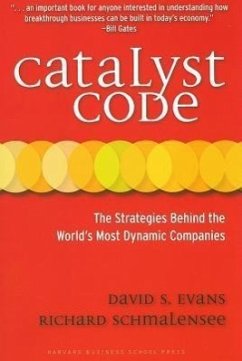More and more traditional businesses have developed the characteristics of what the authors call "platform businesses" that operate in "multi-sided markets." A multi-sided market is one in which two or more distinct parties need each other and benefit by interacting with each other. A platform business is one that facilitates these interactions safely and securely by serving as a(1) match maker such as a dating website that introduces and brings the distinct parties together and is paid for these matchmaking services, or a(2) cost cutter like an auctioneer or a credit card company that expedites such interactions with great speed and efficiency, or a(3) crowd pleaser like a magazine or a rock band that amasses large audiences of desirable customers whom other businesses want to reach. This concept of a business model--one where there is one seller and at least two buyers--differs significantly from the traditional one buyer-one seller market model, particularly in terms of pricing structures and participant incentives. Yet, most potential platform businesses set prices and incentives as if they were one-sided, thereby leaching profits and losing customers. The authors have found that the most profitable platform businesses such as American Express and Microsoft "live" by what the authors call the "catalyst code" consisting of five behavioral insights with practical implications. They argue that companies like HBSPCo could improve growth rates and overall profitability by applying the code systematically. This book helps managers to analyze their own operations, identify areas of business that could exploit catalyst opportunities, and map out a plan for transforming their pricingpractices, incentive plans, and organization
Hinweis: Dieser Artikel kann nur an eine deutsche Lieferadresse ausgeliefert werden.
Hinweis: Dieser Artikel kann nur an eine deutsche Lieferadresse ausgeliefert werden.








